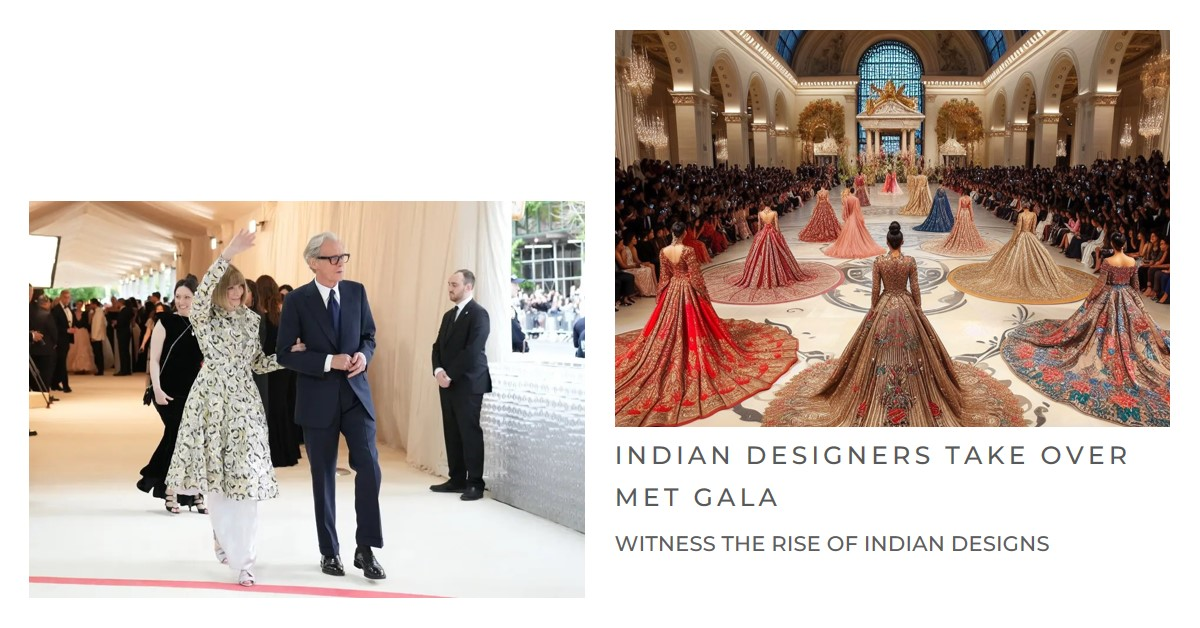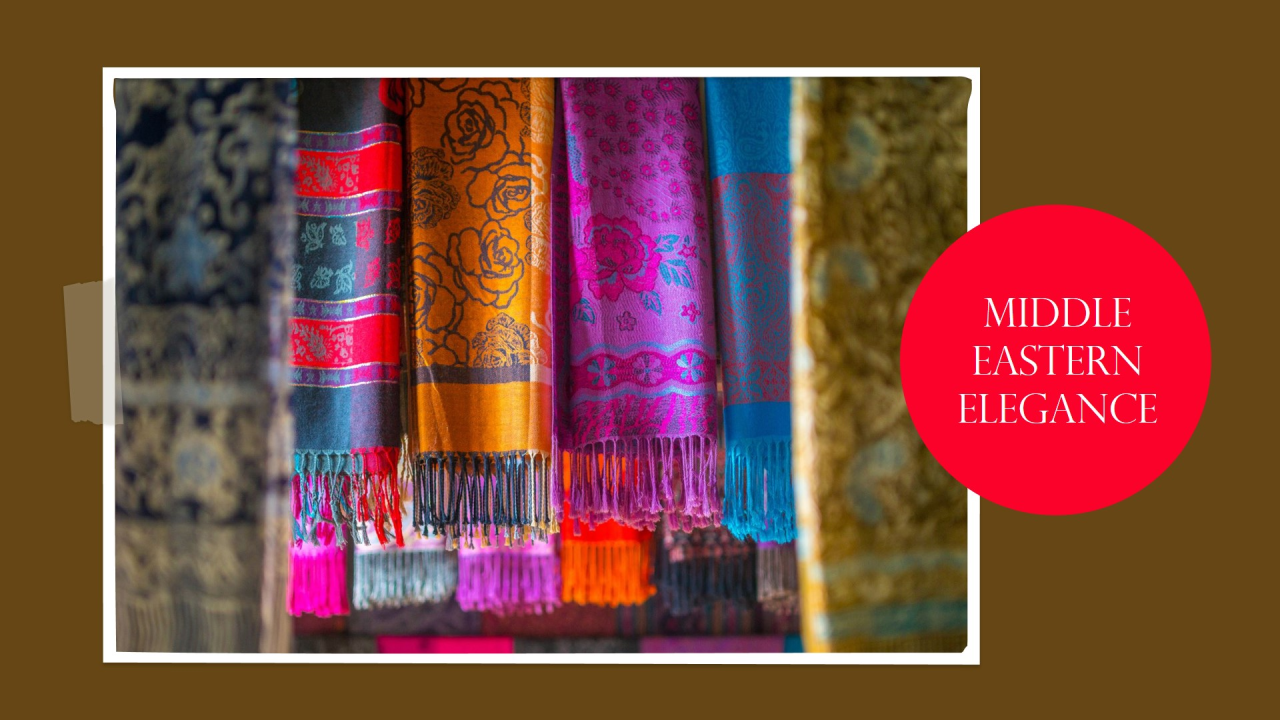India, often referred to as Bharat, stands as a testament to the beauty of nature and the richness of its cultural tapestry. It is a land where myriad languages are spoken, where people of all faiths find reverence in their sacred sites. Embroidery, an art form deeply embedded in its history, continues to captivate the world with its intricate designs and craftsmanship.
The scenic beauty of Bharat is unparalleled, with landscapes ranging from the majestic Himalayas in the north to the serene backwaters of Kerala in the south. Its diverse terrain is a playground for nature lovers and adventure seekers alike, offering experiences that are as varied as the country itself.
India: A Land of Diversity and Rich Heritage
Also Read: Embroidery fabric in India
One of the most remarkable aspects of Bharat is its linguistic diversity. With over 1,600 languages and dialects spoken across the nation, Bharat truly embodies the concept of unity in diversity. Each language reflects the unique cultural heritage of its speakers, adding to the vibrancy of the Indian tapestry.

Religion holds a special place in the hearts of millions of Indians, with sacred sites dotting the length and breadth of the country. From the holy city of Varanasi on the banks of the Ganges to the Golden Temple in Amritsar, Bharat is a spiritual haven for seekers of all faiths. Its temples, mosques, churches, and gurudwaras stand as symbols of unity and tolerance, welcoming devotees from every corner of the globe.
The art of embroidery has flourished in Bharat for centuries, with regions across the country developing their unique styles and techniques. From the exquisite Chikankari of Lucknow to the vibrant Phulkari of Punjab, Indian embroidery is a reflection of the country’s rich cultural heritage. Historically, Indian embroidered fabrics were prized possessions, sought after for their beauty and craftsmanship. Even today, Indian embroidery continues to command respect and admiration on the global stage, with artisans showcasing their skills in international fashion shows and exhibitions.
Read More: Embroidery in Bharat

Bharat’s legacy as a hub of textile production dates back thousands of years, with ancient trade routes connecting the subcontinent to the rest of the world. The exquisite fabrics produced in Bharat were coveted by merchants and royalty alike, earning the country a reputation for excellence in textile craftsmanship. Today, India remains a leading exporter of textiles, with its fabrics adorning runways and wardrobes around the world.
Bharat’s cultural heritage is a testament to the country’s enduring spirit and resilience. From its breathtaking landscapes to its diverse languages and rich artistic traditions, Bharat continues to inspire and captivate people from all walks of life. As we celebrate the beauty and diversity of India, let us also reaffirm our commitment to preserving and cherishing this priceless heritage for generations to come.

__________________________
- How does Bharats linguistic diversity contribute to its cultural tapestry?
Bharat’s linguistic diversity, with over 1,600 languages and dialects spoken, reflects the nation’s rich cultural heritage and serves as a testament to its unity in diversity. Each language carries with it unique nuances, expressions, and cultural traditions, enriching the vibrancy of the Indian tapestry. This linguistic mosaic fosters a sense of inclusivity and belonging, allowing people from diverse backgrounds to celebrate their cultural identities while embracing the richness of others. - What role do sacred sites play in Bharat’s spiritual landscape?
Sacred sites hold a profound significance in Bharat, serving as spiritual havens where people of all faiths come to seek solace, reflection, and divine connection. Whether it’s the ancient temples of Varanasi, the holy mosques of Delhi, or the revered gurudwaras of Amritsar, these sites embody the country’s religious pluralism and tradition of tolerance. They stand as symbols of unity, inviting devotees from every corner of the globe to experience the spiritual essence of India. - How has Indian embroidery evolved over time?
Indian embroidery has evolved over centuries, drawing inspiration from diverse cultural influences and regional traditions. From the intricate Chikankari of Lucknow to the vibrant Phulkari of Punjab, each embroidery style reflects the unique aesthetic sensibilities of its region. Over time, artisans have adapted traditional techniques to suit contemporary tastes, resulting in a fusion of old and new that continues to captivate audiences worldwide. - What makes Indian embroidery stand out on the global stage?
Indian embroidery stands out on the global stage for its exquisite craftsmanship, intricate designs, and rich cultural heritage. Artisans across the country imbue their creations with centuries-old techniques and motifs, showcasing India’s legacy as a hub of textile production and artistic innovation. From high-fashion runways to international exhibitions, Indian embroidery commands respect and admiration for its timeless beauty and cultural significance. - How has Bharat’s textile industry contributed to its global reputation?
Bharat’s textile industry, dating back thousands of years, has played a pivotal role in shaping its global reputation for excellence in craftsmanship and design. Through ancient trade routes and modern export networks, Indian textiles have reached every corner of the world, adorning runways, homes, and wardrobes with their unmatched beauty and quality. Today, India remains a leading exporter of textiles, showcasing its rich tapestry of colors, textures, and traditions to a global audience. - What initiatives are in place to preserve Bharat’s cultural heritage?
Various initiatives are underway to preserve Bharat’s cultural heritage, including efforts to document, digitize, and promote traditional art forms such as embroidery. Government agencies, NGOs, and cultural institutions collaborate to safeguard historical sites, support artisans, and raise awareness about the importance of cultural preservation. Additionally, educational programs and cultural festivals celebrate Bharat’s diverse heritage, fostering a sense of pride and stewardship among its citizens. - How does Bharat’s diverse geography influence its artistic traditions?
Bharat’s diverse geography, ranging from the snow-capped peaks of the Himalayas to the sun-kissed beaches of Kerala, inspires a myriad of artistic traditions rooted in nature and local landscapes. Artisans draw inspiration from their surroundings, incorporating motifs and materials that reflect the unique beauty of their region. This geographical diversity fosters creativity and innovation, resulting in a rich tapestry of artistic expression that celebrates Bharat’s natural wonders. - What role do artisans play in preserving Bharat’s embroidery traditions?
Artisans play a pivotal role in preserving India’s embroidery traditions by passing down their knowledge and skills through generations. Many artisans belong to family lineages with centuries-old traditions, and they undergo rigorous training from a young age to master the intricate stitches and patterns of their craft. Through their dedication and craftsmanship, artisans ensure that India’s embroidery traditions continue to thrive and evolve in a rapidly changing world. - How does India’s cultural heritage contribute to its global soft power?
India’s cultural heritage, encompassing its diverse languages, religions, art forms, and traditions, serves as a powerful source of soft power on the global stage. Through cultural diplomacy, India shares its rich tapestry of stories, ideas, and values with the world, fostering mutual understanding and respect among nations. Whether through Bollywood films, classical dance performances, or traditional crafts like embroidery, India’s cultural heritage serves as a bridge that connects people across borders, transcending language, and ideology.






